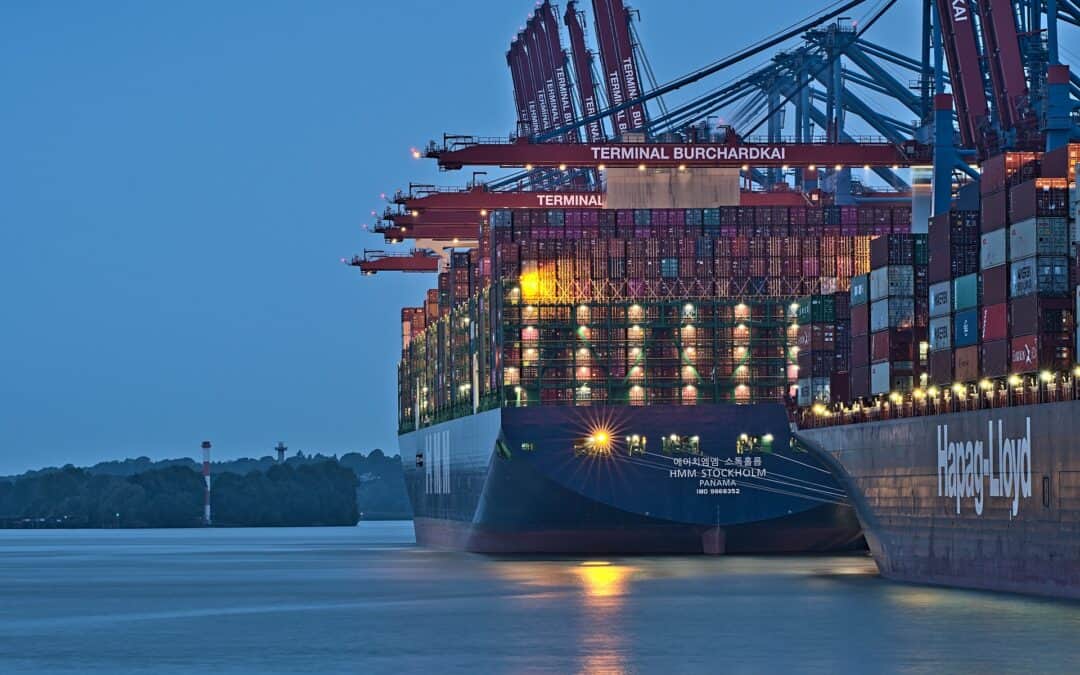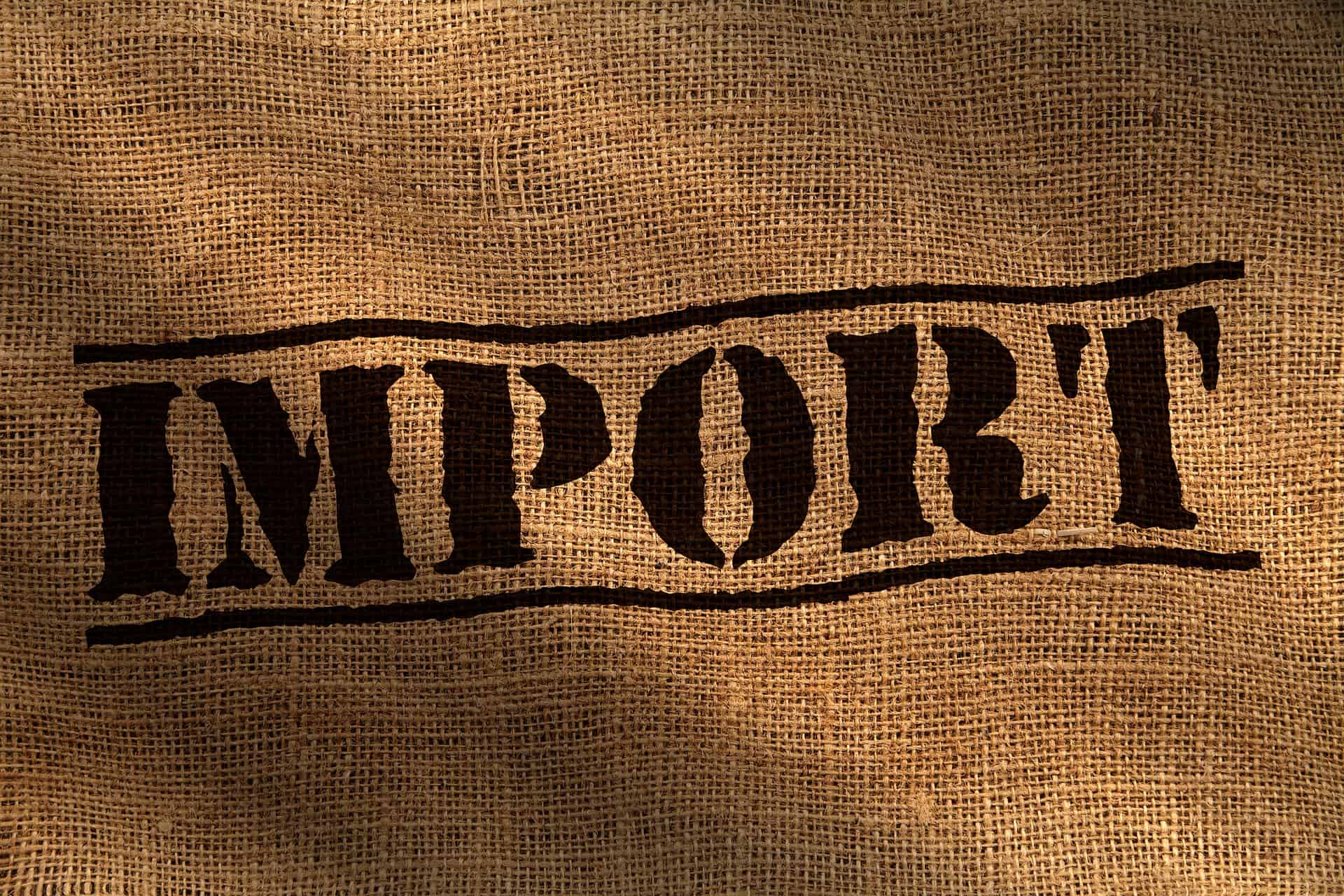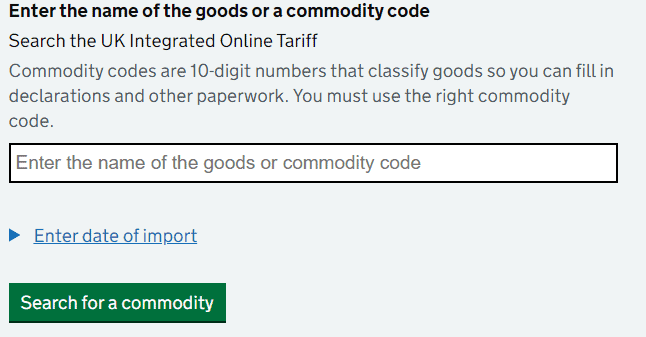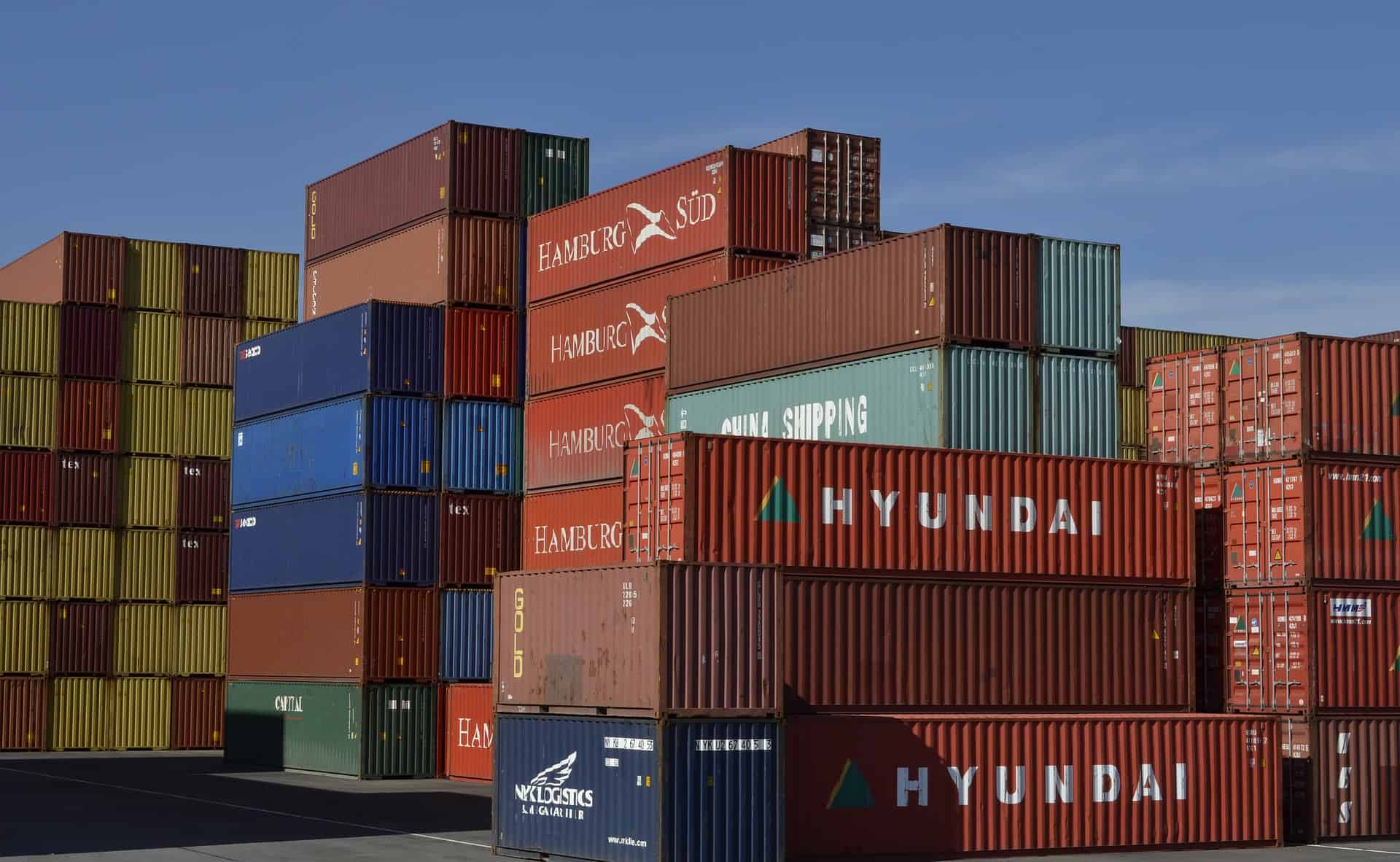We detailed HMRC’s move of customs declarations to the new customs IT platform in a previous article.
At that time, the previous customs system (CHIEF) will be replaced.
Click here to view the original text
In this article, we will focus on providing small and micro enterprises with relevant information on import VAT, customs duties and consumption tax to help you better operate import and export trade.
We will divide it into two parts for you to explain in detail.
Learn about the three taxes
First, we need to explain to you the three main forms of import duty you need to know when importing goods from the UK.
If you buy goods from the UK and outside the EU, you will be charged a number of different taxes (the exact amount depends on the nature of the item and where it was purchased).
In the UK, depending on the nature of your imports, it is broadly divided into Import VAT, Customs Duty, and Excise Duty.
Import VAT
Any goods you bring into the UK will need to be notified to HMRC and the applicable tax paid. You may submit deferrals, suspensions, reductions or VAT reliefs depending on the circumstances.
In addition to this, import VAT is payable on any item worth over £135 (excluding GST) and gifts over £39.
The VAT rate depends on whether your business is VAT registered or not. If VAT is registered in the UK and the value of the goods exceeds £135, then 20% will normally be paid.
If the value of the item is less than £135, the seller needs to pay at checkout.
In order to meet the diversity, this link will list the classification and tax rate of goods in detail for you, click it to view.
How To Pay Import VAT
Knowing import VAT in advance can effectively prevent your goods from getting stuck at the border. There are usually several options for paying import VAT, and you need to choose according to your own situation.
Usually import VAT = (commodity cost + UK tariff + freight insurance) * 20%
1. Delivered by buyer
You cannot do this if your goods are going to be sold to private consumers (B2C) and the goods are priced below the standard amount (£135). Because the buyer in this case needs to register for VAT at the point of sale.
Therefore, this model is more suitable for B2B customers.
The caveat here is that it can be an unpleasant transaction if your client encounters the unexpected (paying more taxes).
2. Pay at customs via agent/courier
If you pay through an agent, the agent declares the goods to customs and pays duties and VAT on your behalf. In this way, the goods can be smoothly passed through the border customs in the most efficient way.
The agent will obtain accurate tax data and then invoice you for these charges. You will also receive a monthly statement from HMRC detailing the import VAT payable on your imported goods.
If your item is small enough and you choose the courier service, the courier company will also contact you for payment before delivery.
3. Delay in import VAT payment
Any VAT-registered business can decide how to calculate import VAT.
You can choose to use deferred accounting or pay import VAT when the goods arrive.
This allows you to pay and recover VAT on the same VAT return, rather than paying import VAT when or immediately after the goods arrive at the UK border.




